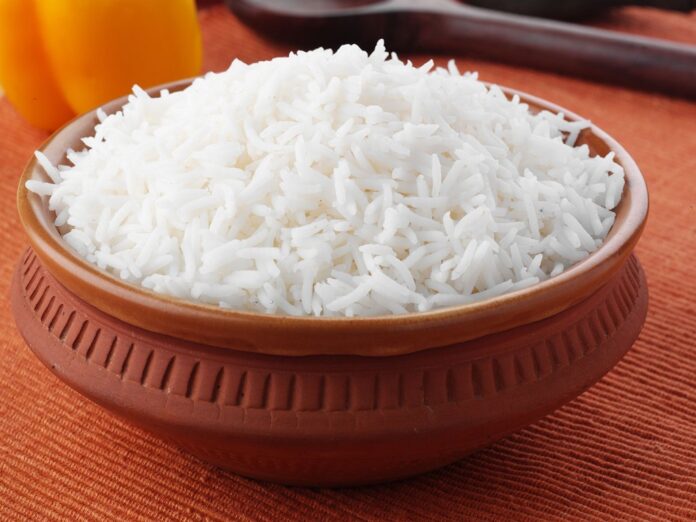Many types of rice come in different textures, nutrition content and taste. Wild rice and brown rice consist of the whole grains, implying that the bran and the germ of the grains are preserved. Hence wild rice and brown rice are regarded to be healthier than other types as they contain more fibre and nutrients.
In comparison, in varieties of white rice, the bran and germ have been polished away, which reduce their nutritional profile and raises their glycaemic load, which affects levels of blood sugar.
You must consult a professional dietitian about drawbacks and benefits of including rice to your diet.
White Rice:
This type of rice comes in two forms: long grain and short grain. Short grain is rich in starch and becomes sticky and soft on cooking. Hence it is suited to make the Japanese dish, Sushi. This type of rice is also used to make Italian rice dishes like Risotto and Paella.
It may also be mixed in stews and chili dishes. The long grain rice such as Basmati rice and Jasmine rice consist of less starch, hence the cooked grains are dry and will not clump together on cooking. White rice consists of 2% fat, 8% protein and 90% carbohydrates.
It is a rich source of minerals like manganese, phosphorous, selenium, magnesium, folic acid, iron, niacin, and thiamine. But it is low in fibre and its fat component consists mainly of Omega-6 fatty acids. These acids are pro-inflammatory in nature.
Brown Rice:
Even this comes in long grain and short grain varieties. This rice is heartier and chewier than white rice and takes double the time to cook because it has low starch content. Brown rice may be regarded as a whole grain which contains four times the amount of fibre, compared to white rice.
The function of fibre is to reduce the rate at which carbohydrate isconverted into glucose in the blood, which helps to stabilize levels of blood sugar. Thus, brown rice has low glycaemic index in comparison to white rice. This rice contains 7% fat, 8% proteins and 85% carbohydrates. It contains more minerals like magnesium than white type of rice. Thus, it is regarded to be healthier.
Wild Rice:
This rice is technically a grass though marketed as rice. In many ways, it has more nutrition than brown rice. It consists of more folic acid, vitamins, and protein content. It contains less starch which implies a lower glycaemic index and contains more Omega-3 fatty acids which prevent inflammation.Mineral content of wild rice is more than that of brown rice.
Though brown rice and wild rice have low glycaemic load than compared to white rice, all rice as such is not regarded as having low glycaemic load. Therefore, diabetics are advised to go slow in including rice particularly white and short grain varieties in their diet.
Brown, best extra long grain basmati rice consists of the lowest glycaemic load as well as more vitamins and minerals. Hence it is regarded as a healthy choice. Wild rice is unique that it is the only rice variety which doesn’t increase inflammation in case of arthritis.









